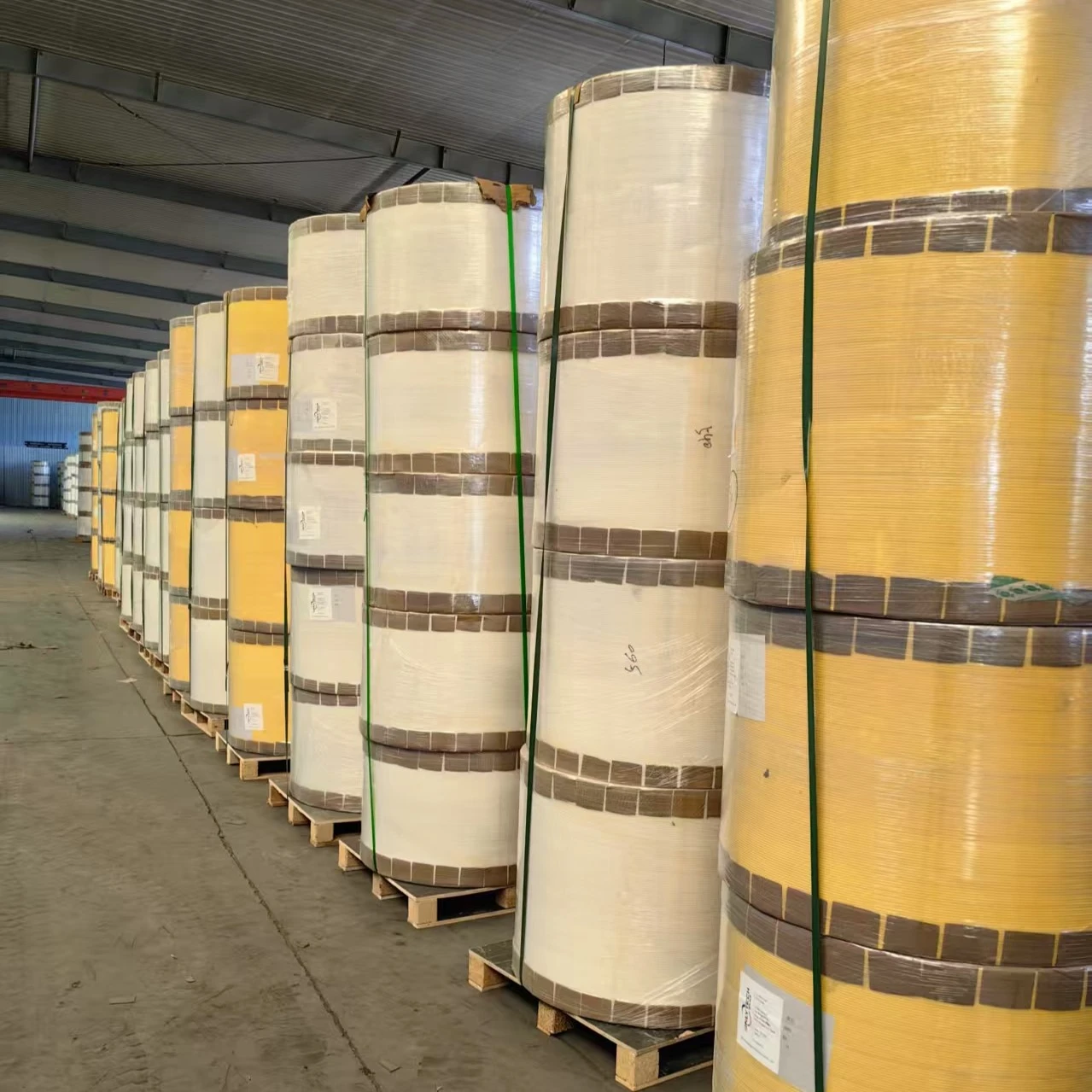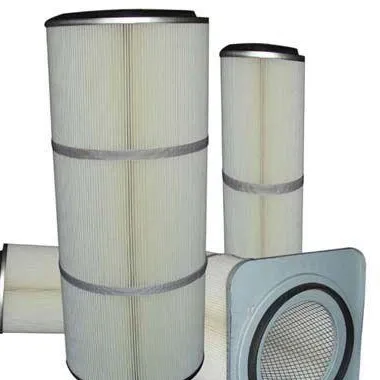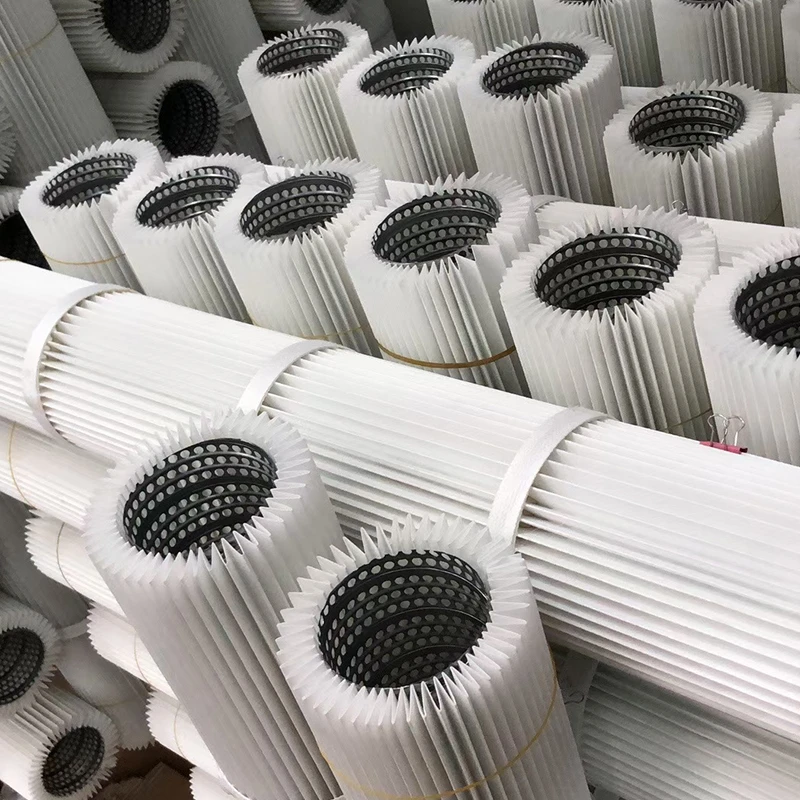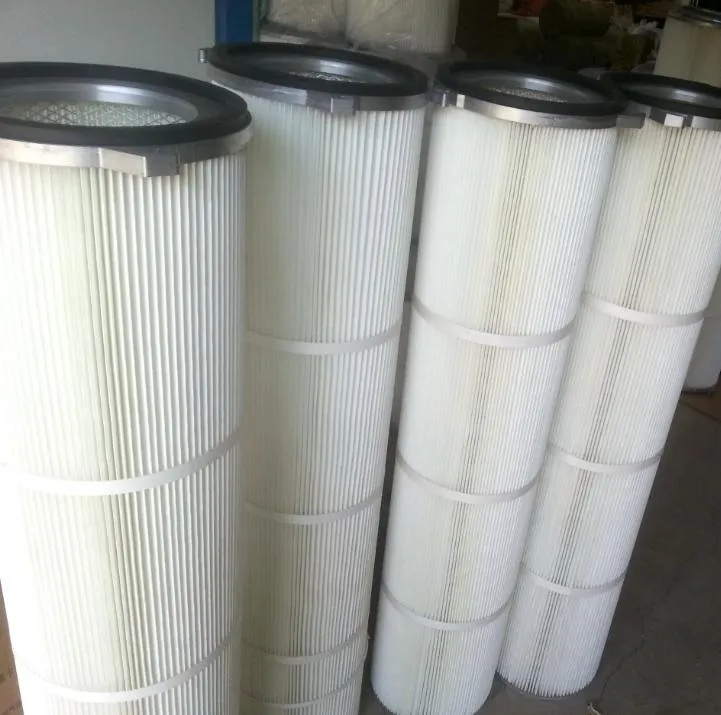 Tel:
+8618931101301
Tel:
+8618931101301
Aug . 14, 2024 09:51 Back to list
Exploring the Benefits of Using Dust Cartridge Filters for Enhanced Air Quality in Workspaces
The Importance of Dust Cartridges in Modern Filtration Systems
In today’s world, where air quality is a growing concern, it is essential to ensure that our environments—whether in industrial workplaces, homes, or commercial settings—are equipped with effective filtration systems. One crucial component that plays a significant role in maintaining air quality is the dust cartridge. These cartridges are specifically designed to capture airborne particles, ensuring that the air we breathe is cleaner and healthier.
Dust cartridges function primarily in dust collection systems, which are vital in industries such as manufacturing, woodworking, and construction. These systems work by drawing in air laden with dust and other particulates, which are then trapped by the dust cartridge. The effective operation of dust cartridges is essential for preventing the harmful effects of dust accumulation on both health and machinery.
The construction of a dust cartridge typically involves multiple layers of filter media, designed to capture particles of varying sizes. The materials used can vary from synthetic fibers to cellulose, and innovations in technology have led to the development of more efficient and durable filters. A well-designed dust cartridge will not only filter out large particles but also fine dust that can pose respiratory risks to workers and inhabitants. Ensuring that a dust cartridge is in optimal condition is crucial, as clogged or damaged cartridges can lead to reduced efficiency, increased energy consumption, and a higher likelihood of airborne contaminants escaping back into the environment.
One of the primary benefits of using dust cartridges is their ability to significantly improve air quality. In industrial settings, reducing dust levels is not only a matter of comfort but also a regulatory requirement. High levels of airborne particulates can lead to serious health issues, including respiratory problems and other chronic diseases. Moreover, excessive dust can affect machinery performance and longevity, leading to costly maintenance and downtime.
dust cartridge
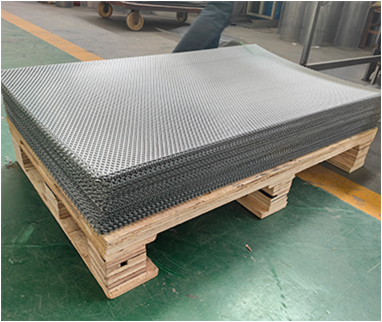
To maintain the effectiveness of dust cartridges, regular monitoring and replacement are necessary. The frequency of replacement can depend on several factors, including the volume of dust generated, the type of work being performed, and the specific design of the cartridge. Facilities often implement a preventive maintenance schedule to ensure that dust cartridges are checked and replaced as needed, thus optimizing air quality and operational efficiency.
In addition to their industrial applications, dust cartridges have found their place in domestic settings. Air purifiers equipped with dust cartridges can efficiently filter out allergens, smoke, pet dander, and other dust particles from home environments, contributing to healthier living spaces. Families with members who suffer from allergies or asthma can benefit significantly from using air purification systems that incorporate high-quality dust cartridges.
As environmental awareness continues to grow, the demand for effective filtration systems will likely increase. Innovations in dust cartridge technology—such as enhanced filtration capabilities, greater dust-holding capacity, and eco-friendly materials—are on the rise. Manufacturers are investing in research and development to produce cartridges that not only provide superior filtration but also minimize environmental impact.
In conclusion, dust cartridges are a fundamental component of effective air filtration systems, both in industrial and domestic settings. Their ability to capture contaminants and maintain air quality is crucial for the health and safety of individuals and the smooth operation of machinery. As we move towards a more health-conscious and environmentally aware society, the importance of investing in high-quality dust cartridges cannot be overstated. Ensuring that these cartridges are properly maintained and replaced will contribute significantly to cleaner air and a healthier future for all.
-
Working principle of high-efficiency dust filter elementNewsJun.26,2025
-
The truth about washable filters: Does repeated use really not affect efficiency?NewsJun.25,2025
-
Effect of humidity on the performance of activated carbon filter elementsNewsJun.24,2025
-
Material selection considerations for dust removal filter elements under high temperature conditionsNewsJun.23,2025
-
Cold knowledge of air filters: Why are some designed to be pleated?NewsJun.16,2025
-
Factory direct supply! High-precision air filter element wholesale and customizationNewsJun.12,2025

 Email:
Email:
